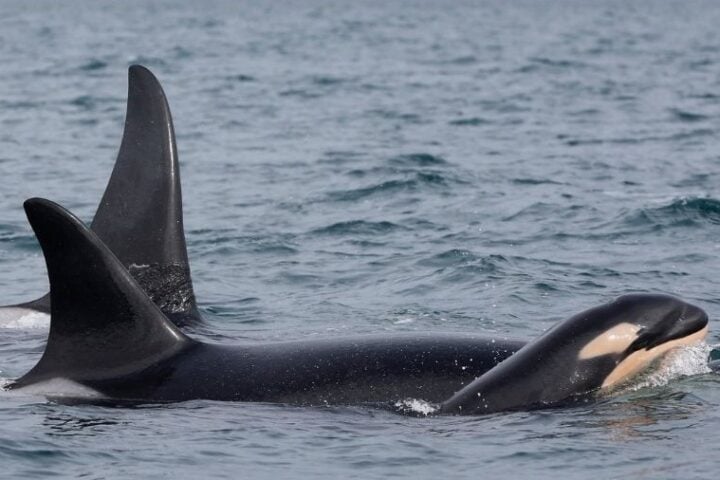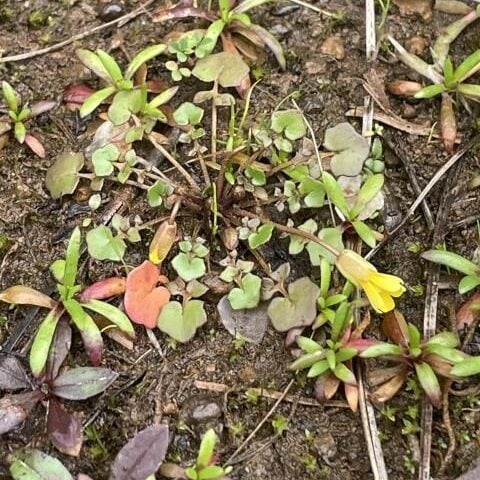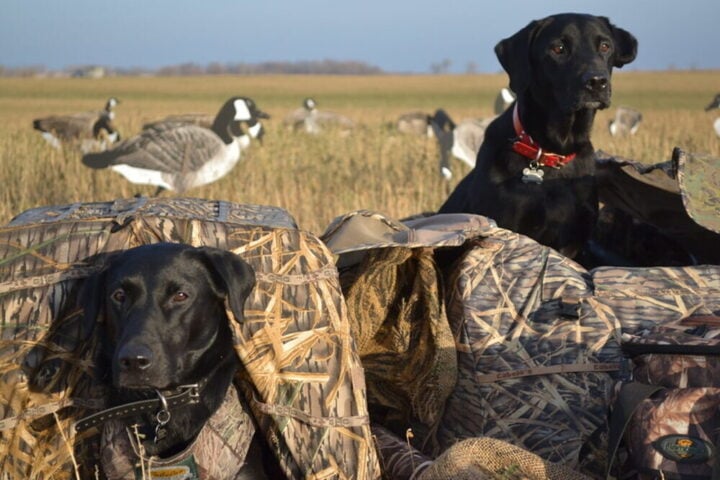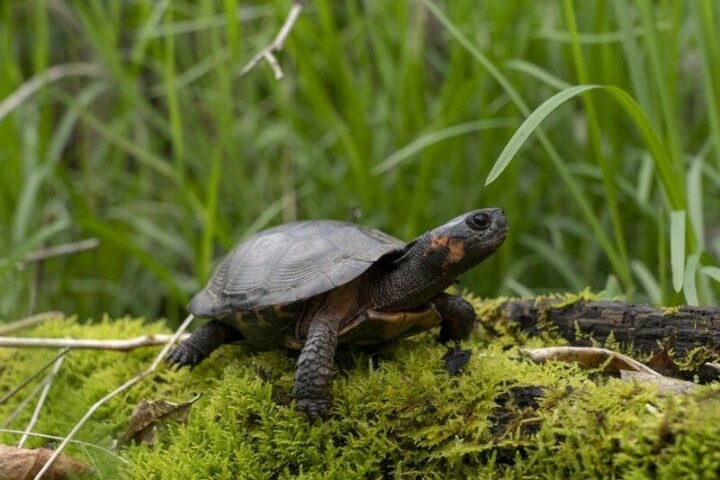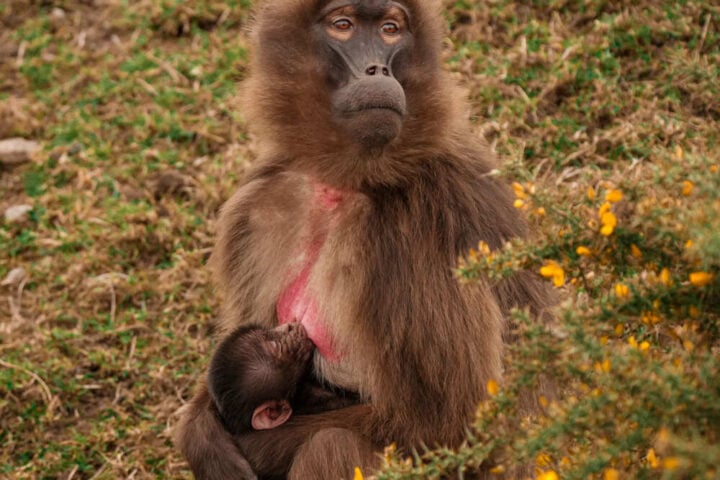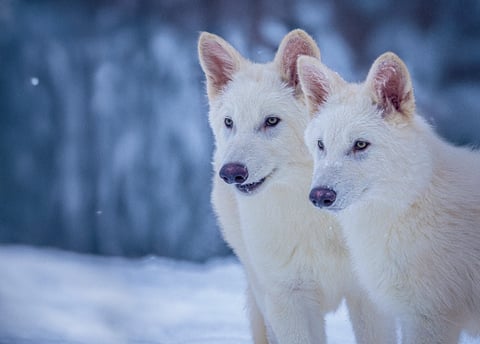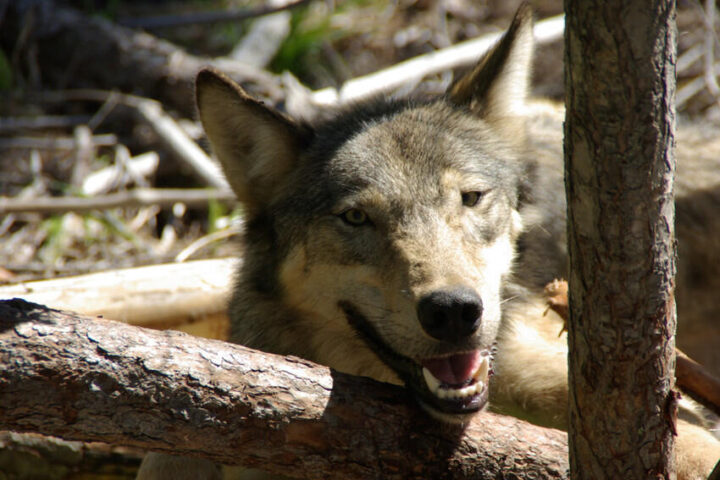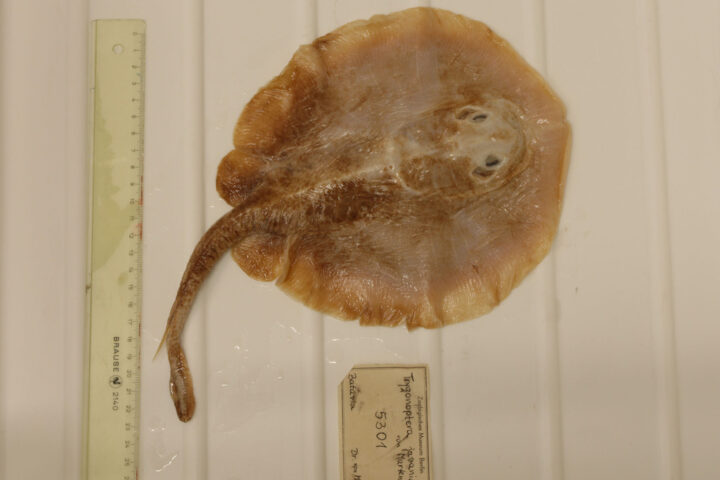The U.S. Fish and Wildlife Service (FWS) has proposed listing the Suckley’s cuckoo bumble bee as endangered under the Endangered Species Act, opening a public comment period from December 17, 2024, to February 18, 2025.
This rare parasitic bee species has experienced a devastating 90% population decline, with the last confirmed U.S. sighting in Oregon in 2016. The species historically ranged across 16 U.S. states and 11 Canadian territories and provinces.
“Protecting the Suckley’s cuckoo bumble bee is essential for safeguarding pollinator diversity,” states Jess Tyler, staff scientist at the Center for Biological Diversity. The species faces multiple threats, including habitat degradation, pesticide exposure, and climate change impacts.
As a social parasite, this bee exhibits unique behavior among North American pollinators. Female Suckley’s cuckoo bumble bees invade host nests, particularly those of the western bumble bee, where they eliminate the host queen and take control of the colony. This specialized relationship makes them particularly vulnerable to host species decline.
More Stories
Social parasites comprise less than 1% of all bee species. The Suckley’s cuckoo bumble bee depends entirely on host colonies, making them distinct from brood parasites that only attack host offspring. Their behavior includes destroying host eggs and ejecting host larvae from the nest.
The species inhabits diverse landscapes including prairies, grasslands, meadows, woodlands, and both agricultural and urban areas. Its decline serves as an indicator of ecosystem health and pollinator community stability.
Conservation organizations are working to protect the species through habitat restoration projects and establishing protected areas. These efforts aim to address the major threats facing the species and its host bumble bees.The public can submit comments on the proposed listing at www.regulations.gov under Docket Number: FWS–R7–ES–2024–0117.
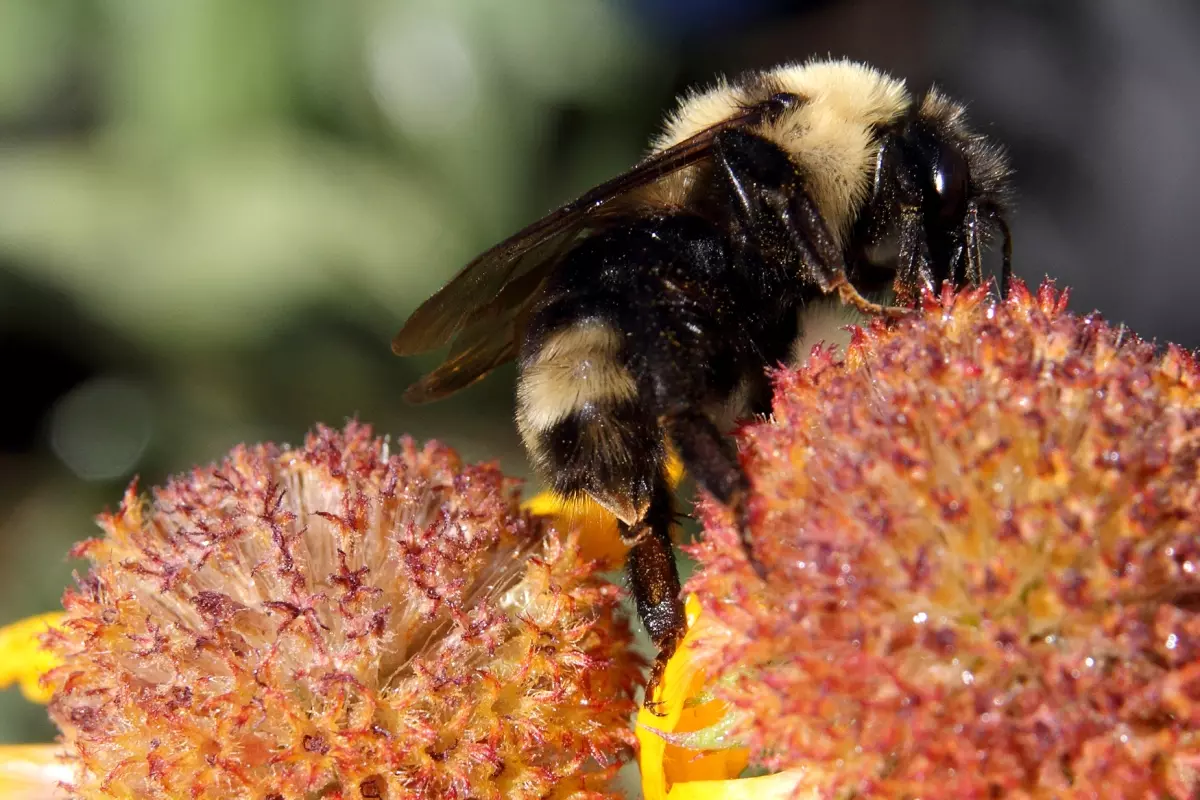






![Representative Image: European Starling [49/366]. Photo Source: Tim Sackton (CC BY-SA 2.0)](https://www.karmactive.com/wp-content/uploads/2025/04/Starlings-Drop-82-in-UK-Gardens-as-Birdwatch-2025-Reveals-Record-Low-Count-Since-1979-720x480.jpg)

